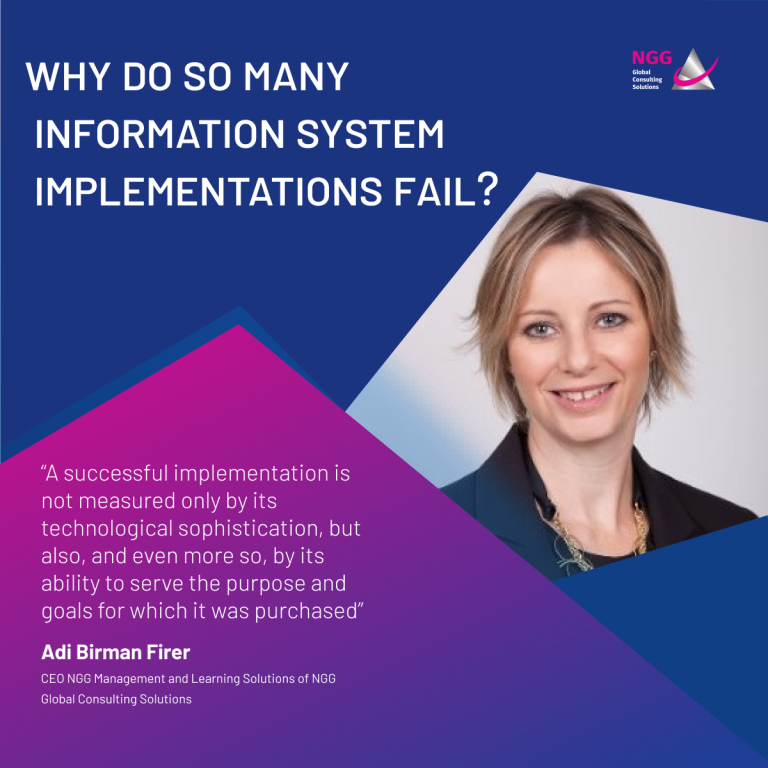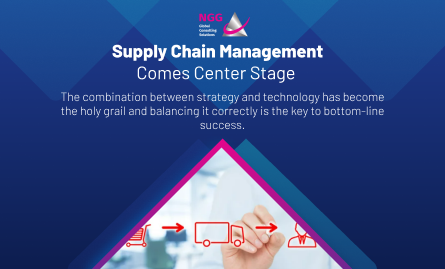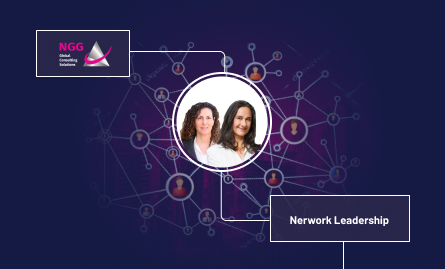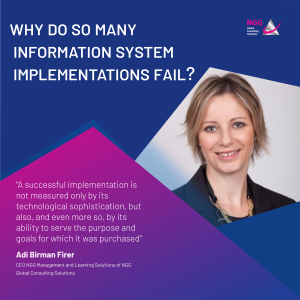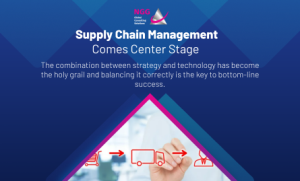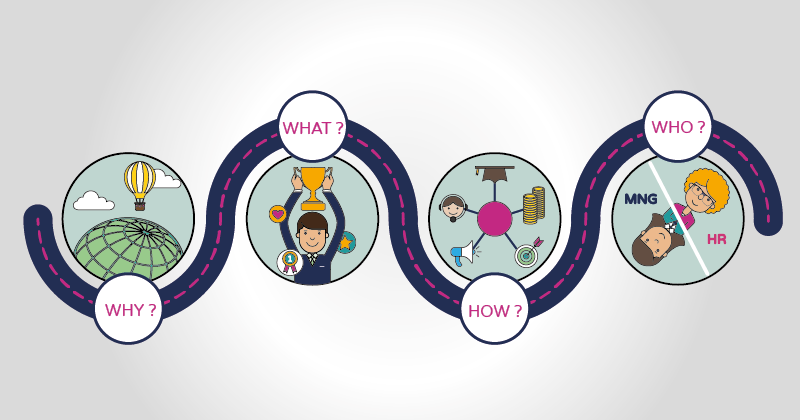
Today’s organizations are going through continuous and significant changes, and that’s why the most common phrase in the organizational world is “transformation”. So before the HR unit starts dealing with these changes, here are some important questions that every HR department has to ask itself
In a time in which changes make an essential part of our everyday life, organizations has to deal with mega-changes, and hens the most common phrase in organizations today is “transformation”. With the organizational change, comes the HR transformation in the HR departments, in order to maintain relevancy and keep being a main player in the business field, concentrating on HC performance management.
Professor Dave Ulrich, in his book HR Transformation: Building Human Resources from the Outside In, presents 4 main questions that the HR transformation process entails:
Q#1: Why?
Analyze the internal and external reality of the organization. What are the characteristics of your organization’s external environment and how are these characteristics effect the shareholders and your clients. First you must decide what does your organization gain from HR transformation? Secondly, make sure the changes you make answer and support the challenge created by the organizational environment.
Q#2: What?
What can you achieve from this change? At this point you need to focus on the results of your actions. Figure out what can you benefit from coming up with a new way of recruitment, rather than just being concentrated on how many new employees you hired. Will you manage to reinforce your organization in places where it needs support and improvement?
Q#3: How?
This question is divided to 3 levels:
The practice: define the HR practices – how to recruit and develop, How to manage rewards and objectives, and finally how to create a fluent communication within your organization.
Customizing the HR department: create an infra-structure with an expertise that meets your organization’s needs, choose the right services for your internal clients, and feature the systems needed to make the best out of the unit’s services.
The team: make sure your unit’s team members has the right competencies and knowledge to provide the HR services.
Q#4: Who?
Who makes the transformation? This question involves 2 sides: the organization’s managers and the HR unit. Usually in HR transformation, managers get the tools and responsibilities to manage the human resource, and the HR unit is required to support them in making the change successful. A well prepared plan of who will perform every action item in the transformation process and in what stage it will be done is a crucial part of implementing the change.
